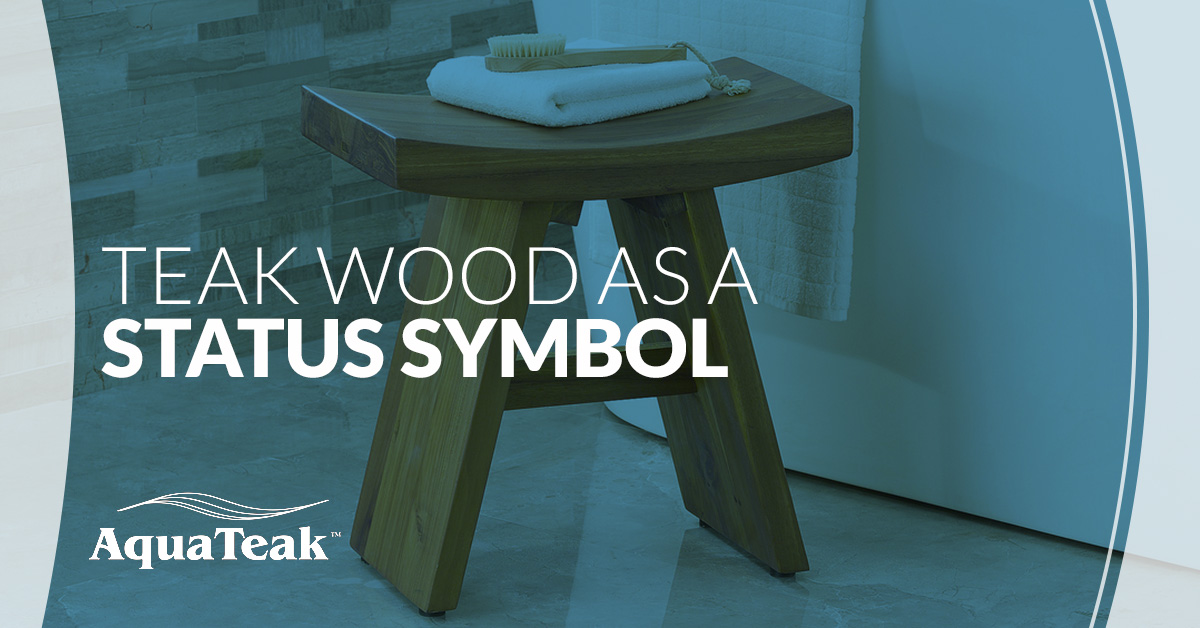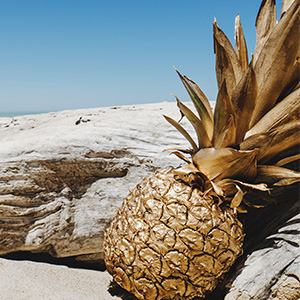Teak Wood as a Status Symbol
21st Nov 2017

Since the beginning of human societies, there has been a need to distinguish the “have” from the “have-nots” and it is usually expressed through possessions. Luxury goods and material possessions have been used as status symbols in every culture in every time era. Over the centuries, what has been kept as prestigious or elite has varied somewhat based on geographic location and what resources were commonly available. Here is a short list of material items that have been used as a status symbols over the years.

Pineapple
Although the pineapple is an inexpensive, common food in today’s society; in the 1700s, however, the fruit was seen as a symbol of wealth and power. Christopher Columbus discovered pineapples on one of his voyages to South America and brought them back to Spain, where Europeans were taken by the fruit. Royalty of Europe considered it a delicacy. Being seen with a pineapple was an indicator of wealth as a single pineapple could sell for the equivalent of $8000 and could be rented for the night! Being able to eat the prized possession was the tastiest of treats, exclusive to royalty.
Gold
Since gold’s discovery by man, this metal has been coveted and viewed as precious. It has been a symbol of perfection and used to please the gods. Historically, gold was used to construct statues of gods and to adorn religious artifacts. Gold has been used by royalty to prove their power by possessing great quantities of the precious metal. Gold has also been used by several cultures as the base of their monetary systems, including the United States. Still, currently, gold is the color that symbolizes luxury and wealth and the metal is highly valued.
Pearl
Throughout the ages, pearls have been regarded as symbols of wealth and power. Queen Elizabeth the First worshipped pearls and their beauty. Pearls were found naturally in mollusks, but because not everyone had access to them and not all mollusks had a pearl, it made them appear more valuable. In early English civilizations, pearls had to be obtained, at a high price, from the Persian Gulf and the Red Sea, which only added to the illusion of being a limited resource for the elite. Today, pearls are still considered to be one of the loveliest gems, but are not cultured.
Teak
Teak wood is one of the strongest, most elegant, durable woods. Because of the natural elements within the wood that protects it and makes it so strong, teak wood grows at an incredibly slow rate. The ideal teak tree to make wood lumber from is between 40 and 80 years old and is dried for about two years. This long process limits the availability of teak wood to the common people. Today, teak wood is still a symbol of luxury and class.
Terracotta
Terracotta was initially used in ancient Greece and Italy to provide a waterproof, fireproof cover to thatched roofs. In times when shelter was simple and focused on functionality, being topped with terracotta was considered a luxury. It was soon discovered that terracotta was excellent for molding and shaping and the roofs began to be decorated. Homes that could be afforded to be covered with decorated terracotta belonged to the wealthiest, who could not only afford the protective material, but an artist to decorate it. Today, terracotta is an inexpensive alternative to ceramic.
Regardless of the era, material possessions that are viewed as a symbol of status and wealth are limited or difficult to acquire. Although these symbols change over time, gold, gems, and teak remain on the list because of how durable and long lasting they are and because synthetic versions are not able to match the qualities of the original product. If you are ready to bring elegance and luxury into your home, invest in teak wood furniture.

